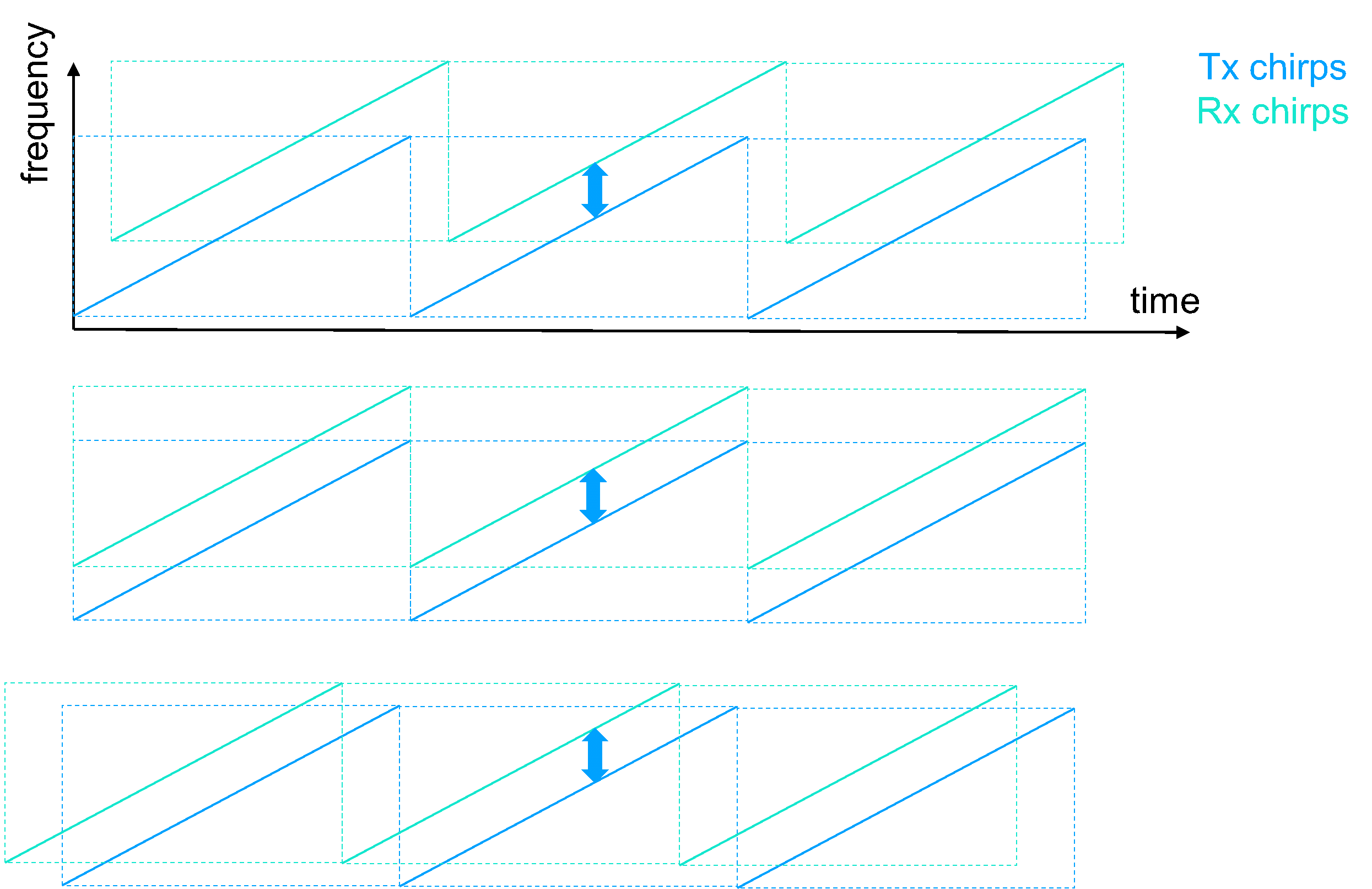Chirps are great for low power wide area networks (LPWAN) because they occupy a single dimension.
Let’s start with a real-world analogy: it is difficult to get lost in a one-dimensional space. For instance, if you walk along a coastline or a river it is fairly easy to find your way back. Similarly, it is possible to set up an appointment with a friend in a one-dimensional space (in a loose manner) such as “Let’s meet on Main Street near the restaurants.” If you’re both walking along Main Street near the restaurants at roughly same time, you will

